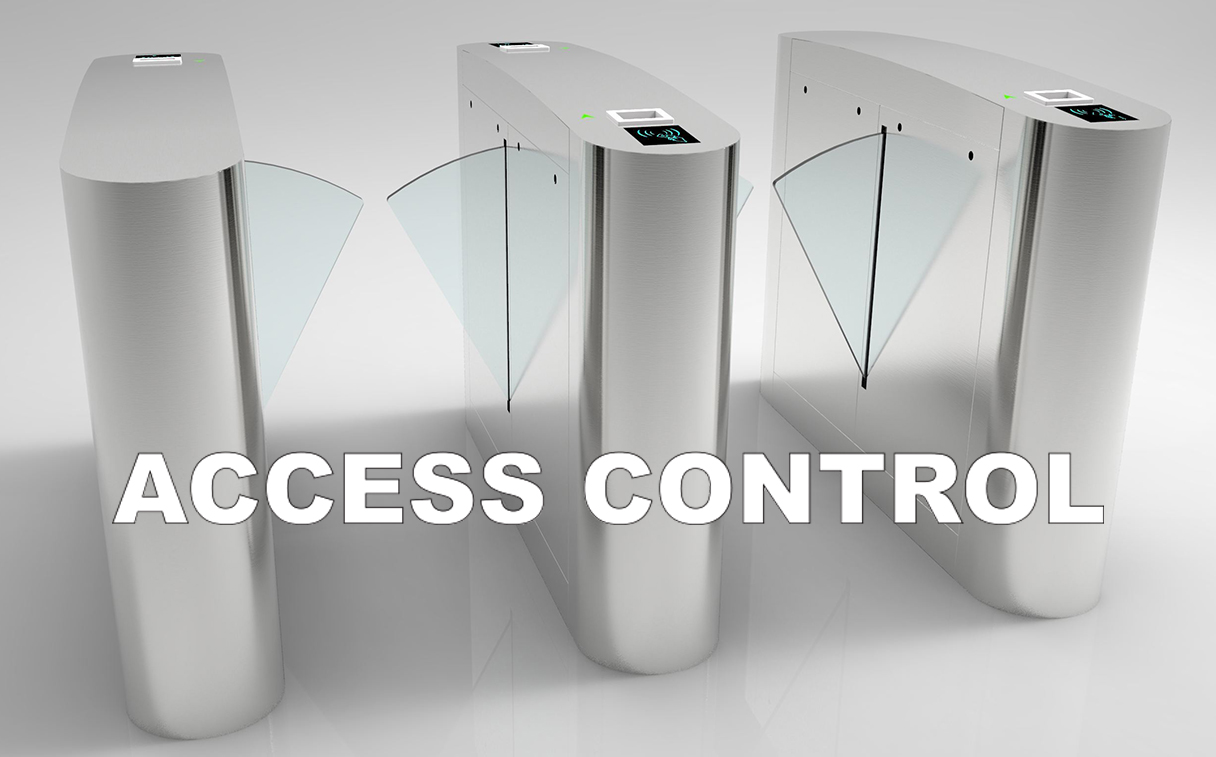Do you know the Benefits of SMART CARD TECHNOLOGY ?
Today, smart card technology has become a crucial part of our lives. It is used everywhere, from our credit and debit cards to public transport and even access control. But what exactly is it? How does it work? In this blog, we will explore the various advantages of smart card technology and how they are being used in different areas.
What is Smart Card Technology?
At its core, smart card technology is a form of technology that uses integrated circuits embedded in a card to store, process, and protect information. This information can include passwords, personal identification numbers (PINs), biometrics, and other confidential data. The chip in the card can be used to authenticate the user, verify their identity, and act as a secure payment method.
The first use of smart card technology was in the 1970s with the advent of the credit card. Since then, it has been used in a wide range of applications, from electronic toll collection to access control. With the emergence of the internet, smart card technology has become even more prevalent as it provides a secure way to store data online.
Benefits of Smart Card Technology
Smart card technology offers a number of advantages, making it an attractive option for a variety of applications. For one, it is more secure than traditional methods of data storage and authentication. This is because the data stored on the card is encrypted and can only be accessed by authorized users.
Another advantage of smart card technology is that it is much more convenient than other forms of authentication. For example, it can be used to quickly and securely authenticate a user’s identity without the need for a password or PIN. This makes it ideal for applications such as access control and public transportation.
Finally, smart card technology is highly cost-effective. This is because it requires less maintenance and is more secure than traditional methods of authentication and data storage. This makes it an attractive option for businesses and organizations that are looking to reduce costs while still providing a secure way to store and access data.

Types of Smart Cards
There are several different types of smart cards available on the market today. The most common type is the contactless smart card, which is used in a variety of applications such as public transportation and access control. This type of card uses radio frequency technology to communicate with a reader, allowing users to quickly and securely authenticate their identity.
These are contactless smart card chips most used: NXP MIFARE S50, NXP MIFARE S70, NTAG213, NTAG215, NTAG216, Ultralight EV1, I-CODE SLi-X (S), DESFire 2K/4K/8K, Plus 2K/4K, TK4100, EM4200, EM4305, T5577 etc.
Another type of smart card is the contact smart card, which is used in applications such as credit cards and banking. This type of card requires physical contact with a reader in order to authenticate the user’s identity. Finally, there is the dual-interface smart card, which combines both contactless and contact technology. This type of card is becoming increasingly popular as it provides greater flexibility and convenience.
These are contact smart card chips most used: Fudan4442, Fudan4428, 24c02, 24c16 etc
How Smart Cards Work
Smart cards use integrated circuits that are embedded in the card to store and process information. When used in an application, the card sends data to a reader which then authenticates the user’s identity. This process is secure and highly efficient, making it an ideal solution for a variety of applications.
In order to ensure that the data stored on the card is secure, the card uses encryption technology. This ensures that the data can only be accessed by authorized users. Additionally, the card uses authentication protocols such as digital signatures and passwords to ensure that only the user can access their data.
Advantages of Smart Card Technology
Smart card technology offers a variety of advantages for businesses and organizations. For one, it is more secure than traditional methods of authentication and data storage. This is because the data stored on the card is encrypted and can only be accessed by authorized users. Additionally, smart cards are highly cost-effective and require less maintenance than other forms of authentication.
Another advantage of smart card technology is that it is highly convenient. This is because it can be used to quickly and securely authenticate a user’s identity without the need for a password or PIN. This makes it ideal for applications such as access control and public transportation.
Finally, smart cards can be used in a wide range of applications. From access control and public transportation to electronic toll collection and banking, smart cards are becoming increasingly popular in a variety of industries. This makes them a great option for businesses and organizations looking to improve their security and reduce costs.
Smart Card Security
While smart cards offer a variety of advantages, it is important to remember that they are not completely secure. There are a number of security risks associated with the use of smart cards, including the potential for data theft and fraud.
In order to ensure that the data stored on the card is secure, it is important to use the latest encryption and authentication technologies. Additionally, it is important to store the cards in a secure location and to regularly update the software that is used to access the cards.
Conclusion
Smart card technology has become a crucial part of our lives, providing a secure and cost-effective way to store and process data. The technology offers a number of advantages, including increased security, convenience, and cost-effectiveness. As the technology continues to evolve, it is likely that it will continue to be used in a wide range of applications.
